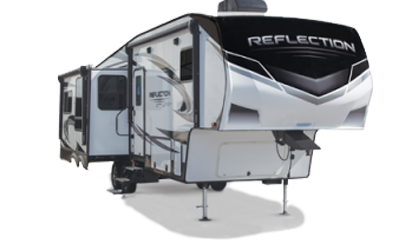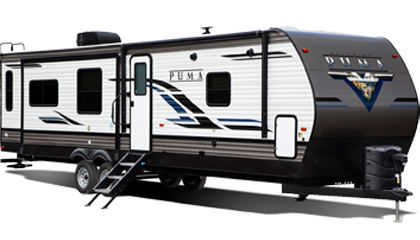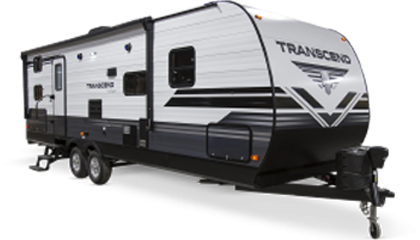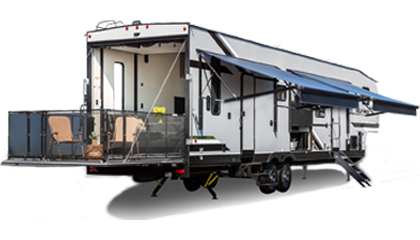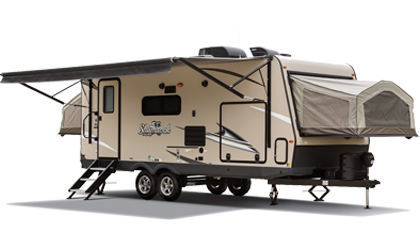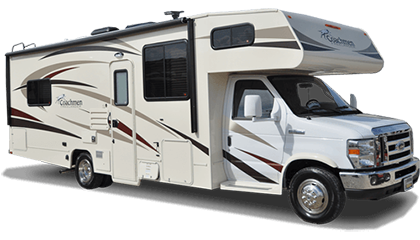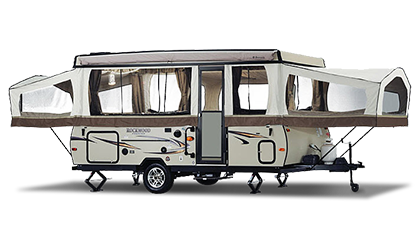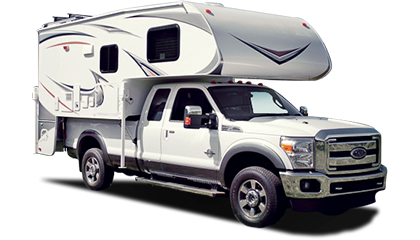Everything You Need to Know About RV Awnings
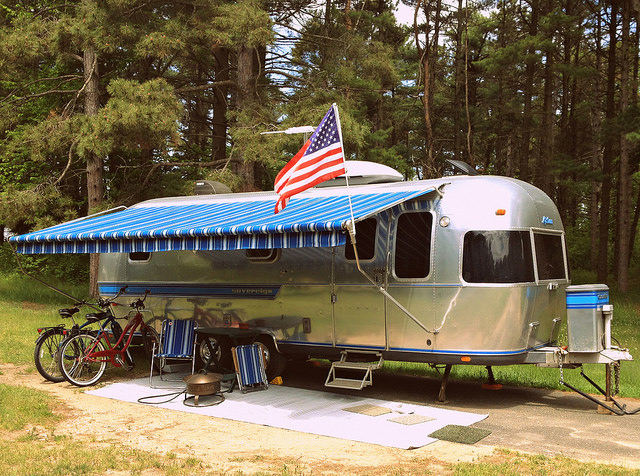
It’s 90 degrees on an August afternoon, and you’re out camping with your family. The sun is beating down relentlessly. The kids are off running around somewhere, your wife is taking a nap inside – this sounds like a good time to set up the awning and enjoy some outside living in a lawn chair.
But as you set it up, you notice a funky smell coming from the fabric. Then you remember – you put the fabric away wet when you went camping last. Mildew is everywhere. Yuck!
A huge part of being able to use and enjoy your awning is maintenance. Keeping up with your awning repairs can make or break its usefulness.
ELECTRIC OR MANUAL
Depending on your RV, you have either an electric or manual awning, and both require different care.
With an electric system, an awning can be deployed with the flick of a switch, so there’s little maintenance involved. All RVers need to do is use lubricant on joints and other moving metal parts. Use a light oil, dry graphite or other lubricant, depending on what your RV manufacturer calls for.
Manual awnings require a bit more maintenance since there are more moving parts. Aside from lubricating joints and metal parts, make sure the awning is deployed correctly. An improperly deployed awning can cause damage to the RV or the awning itself.
FABRIC
On nearly all RVs, awnings are made of vinyl, which is a great fabric: it’s lighter than cotton, naturally water-resistant and it’s durable. But it does come with its own set of challenges, largely having to do with water.
Never, ever put an awning away when it’s wet. When water stands by itself for a long time and it can’t escape from an enclosed area, it forms mildew or mold on the fabric, which can cause staining (at best) or require complete awning replacement (at worst).
Clean your awning fabric at least once per year. If you find mildew or mold on your awning, scrub it off with a vinyl cleaner and/or bleach.
PITCHING AND LOCKING
When it’s raining outside, your RV awning can be a lifesaver, but it’s important to remember that the water has to go somewhere. That’s where pitching comes in.
Most RV awnings allow you to adjust the pitch (the angle) of the awning on each arm. When it’s raining outside, never make the pitch of your awning flat. Instead, allow for the rain to drain to one side by making the pitch slightly lower than the other.
Manual awnings require special locking and unlocking techniques in order to use, as compared to the electric awnings, which can be used at the flick of a switch. To use your manual awning, you’ll need to unlock the travel locks, located on the side of the awning arms, and the cam locks on the top of awning. (You’ll need an awning rod to unlock the cam locks.)
DOORS
In the old days, there was no bigger enemy to an RV’s awning than the doors of the RV. With sharp edges, a hastily-swung door could tear an awning, leading to all sorts of costly problems.
Today, RV doors have rounded top edges to prevent any undue awning wear. Still, it’s a good idea to provide plenty of space between your awning and doors.
Photo courtesy veganflower

